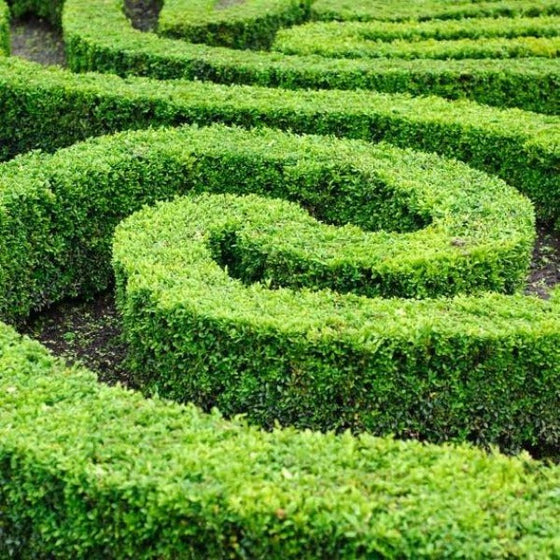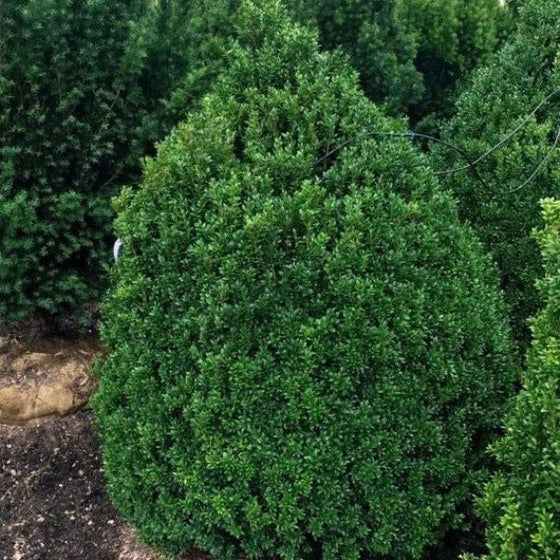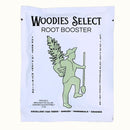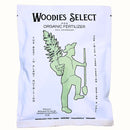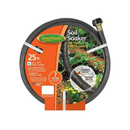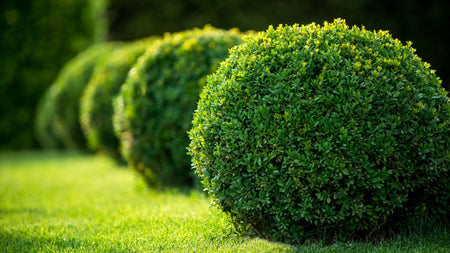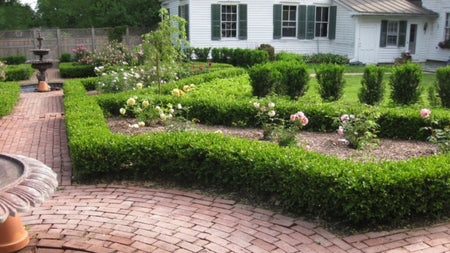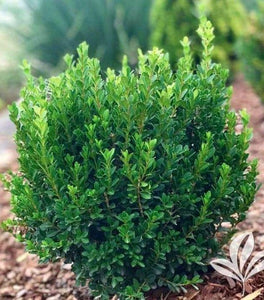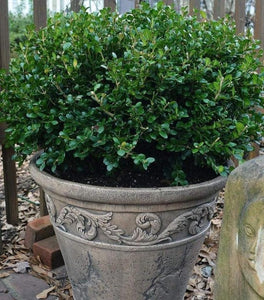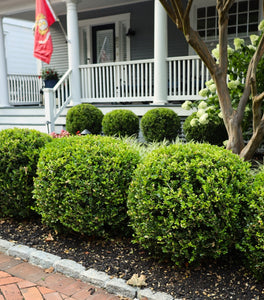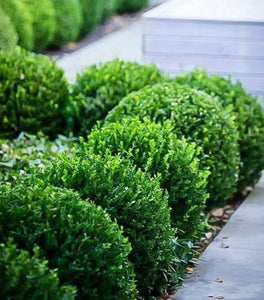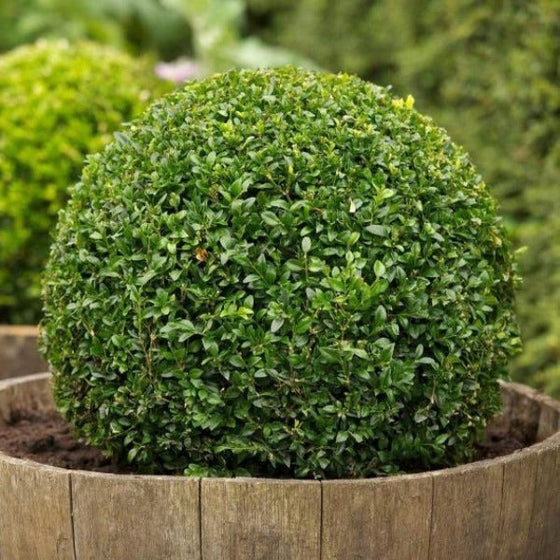
Images Depict Mature Plants
American Boxwood – Classic Evergreen Hedge Shrub for Formal Landscapes
The timeless evergreen for American gardens.
The American Boxwood (Buxus sempervirens) has been a cornerstone of formal gardens and landscapes for centuries. With its rich history in colonial and traditional plantings, this evergreen shrub continues to be one of the most popular choices for hedges, borders, and foundation plantings. Its dense, glossy green foliage holds its color year-round, providing structure and sophistication in every season.
Perfect for hedges, topiary, and borders.
American Boxwood naturally grows into a rounded, upright shape, making it easy to maintain as a formal hedge or clipped topiary. It matures to 5–10 feet tall and 4–6 feet wide, giving you flexibility to use it for privacy hedges, walkway borders, or as an evergreen backdrop in foundation plantings. With proper pruning, it can also be shaped into elegant geometric forms for classic formal gardens.
Cold-hardy and dependable.
Hardy in USDA Zones 5–8, American Boxwood adapts well to many soil types and light conditions, from full sun to partial shade. It tolerates urban environments and resists browsing from deer, making it a dependable evergreen shrub even in challenging landscapes. Its long lifespan, often several decades, makes it a wise investment for any property.
Low-maintenance elegance year after year.
Whether you’re designing a traditional colonial garden, shaping a formal hedge, or adding evergreen definition to your landscape, American Boxwood delivers classic appeal. With minimal pruning and care, it provides long-lasting beauty, structure, and reliability, earning its reputation as the “gentleman’s hedge” of American gardens.
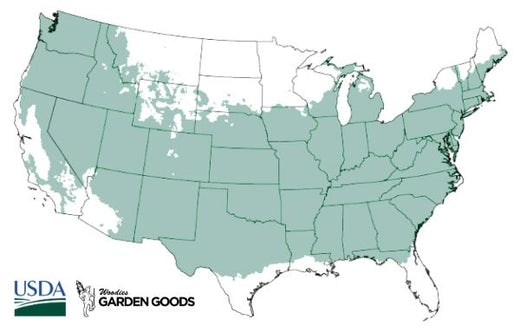
| Hardiness Zone: | 5-8 |
|---|---|
| Mature Height: | 5 to 10 Feet if untrimmed |
| Mature Width: | 4 to 6 Feet if untrimmed |
| Classification: | Evergreen shrub |
| Sunlight: | Full sun to part shade |
| Habit: | Upright |
| Flower Color: | Inconspicuous |
| Foliage: | Dark green |
| Soil Condition: | Any well-drained soil |
| Water Requirements: | Water well until established |
How to Care for American Boxwood
Be sure to read our planting instructions to ensure a healthy and happy American Boxwood plant for years to come!
How do I plant American Boxwood shrubs?
Plant American Boxwood in full sun to partial shade with well-draining soil. Dig a hole twice as wide as the root ball but no deeper, place the shrub so the crown sits level with the soil, and backfill halfway. Water thoroughly, then complete backfilling and water again. For hedges, space American Boxwoods 3–4 feet apart for a dense evergreen wall. Apply a 2–3 inch mulch layer around the base to help retain moisture, regulate soil temperature, and suppress weeds, keeping mulch away from the trunk to prevent rot.
How often should I water American Boxwood?
During the first year, water deeply 1–2 times per week to establish strong roots. Once established, American Boxwood is moderately drought-tolerant but benefits from consistent watering during dry periods. Deep watering is recommended over frequent light watering, as it encourages deep root development and stronger plants. Always ensure soil drains well, since boxwoods do not tolerate soggy roots.
When and how should I fertilize American Boxwood?
Fertilize in early spring using a balanced, slow-release fertilizer designed for evergreen shrubs. Spread evenly around the root zone and water well to activate nutrients. In most cases, a single application per year is enough. Over-fertilization can cause overly soft growth, so stick to a balanced approach for strong, healthy foliage.

Does American Boxwood need pruning?
American Boxwood responds well to pruning and can be shaped into formal hedges, spheres, or topiary designs. Prune lightly in late spring to early summer after new growth appears, and avoid cutting into old wood where regrowth will not occur. For hedges, light annual trimming helps maintain uniform shape. Left untrimmed, American Boxwood develops a naturally rounded form that works well in more informal settings.

